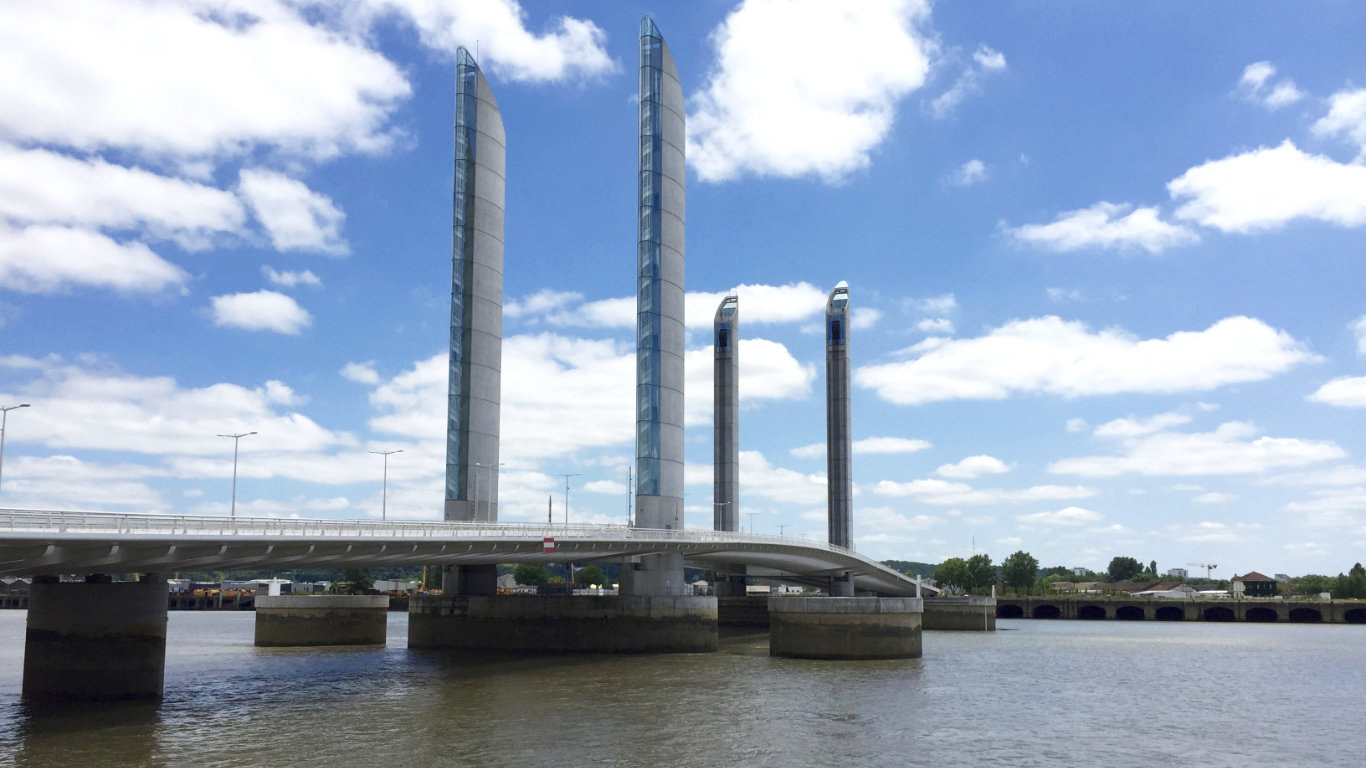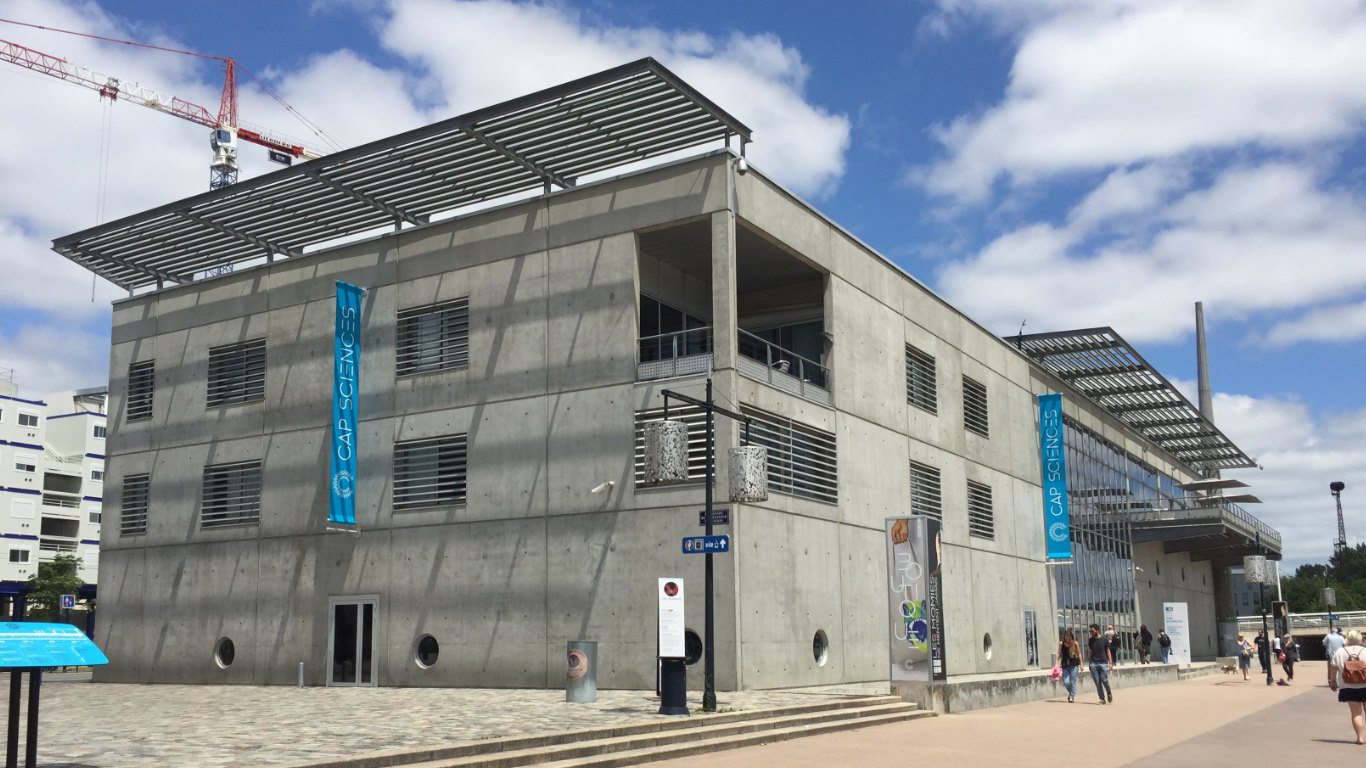
The Chartrons district — a must-see area of Bordeaux
Back in the day the Chartrons district was the centre of the wine trade with rich wine merchants from England, Scotland, Ireland, Germany and Scandinavia living near to the port workers. However, by the end of the twentieth century Chartrons had sunk into a depressing state of dereliction; today, though, it is Bordeaux’s new funky neighbourhood, its narrow streets flanked by 19th century grand and not-so-grand workers homes. Rue Notre Dame is the quarter’s main street with a mix of one-off fashion boutiques, interior design and vintage stores, foodie shops and cool cafes and restaurants.
 Walk down the side of Notre Dame church to Place du Marché des Chartrons where the 1869 market hall has been restored in glass, iron and stone and is now a cultural centre. Around it are a number of cool pavement cafes and restaurants. Cours Xavier Arnozan is one of the area’s most aristocratic streets and one to see for its beautiful architecture of 18th century mansions with their balconies and elaborate wrought-iron balconies.
Walk down the side of Notre Dame church to Place du Marché des Chartrons where the 1869 market hall has been restored in glass, iron and stone and is now a cultural centre. Around it are a number of cool pavement cafes and restaurants. Cours Xavier Arnozan is one of the area’s most aristocratic streets and one to see for its beautiful architecture of 18th century mansions with their balconies and elaborate wrought-iron balconies.
Further along the river is Quai des Chartrons. Another hub, here the warehouses converted into factory outlet shops for brands including Reebok, Le Coq Sportif and Hugo Boss, as well as numerous cafes and restaurants. The wide, open pavements bordering the river are also popular for those wanting to stroll, cycle and rollerblade.
This is also where you will find the popular Sunday morning market, Marché des Quais. On the riverfront it has become one of the city’s most popular. Not just fruit, vegetables and meat, but also great breads, cheeses, jams, honeys, saucissons and cooked snacks such as empanadas. Oysters are a big feature — stop at an oyster bar and enjoy half a dozen with a glass of chilled white.
Look out for the plaque, laid in the cobbled pavement, that acknowledges Bordeaux’s role in the slave trade. Between 1672 and 1837, more than 500 voyages set sail from Quai des Chartrons, resulting in 150 000 Africans sold into slavery. The voyages were known as triangular voyages – ships would leave Bordeaux loaded with wine, arms, cloth and trinkets. On arrival in Africa these would be exchanged for slaves and the second leg of the journey would commence, the slaves transported in terrible conditions to the French colonies. On arrival the slaves would be sold to work on plantations and the third leg of the voyage would then begin, the boats returning to Bordeaux carrying sugar, tobacco, cotton… The plaque reads: ‘It is from here that the first slave trade vessel departed from Bordeaux at the end of the 17th century. Several hundred voyages followed suit until the 19th century. The city of Bordeaux honours the memory of the African slaves who were deported to the Americas with disregard for their human rights.’
On the opposite side of the river is a statue of François-Dominique Toussaint, better known as Toussaint Louverture, the self-educated slave who led the Haitian Revolution against slavery and French rule. The statue was gifted to Bordeaux by the Republic of Haiti in 2005.
 Gaze out across the river and you will see Bordeaux’s newest, and fifth, bridge to span the Garonne — Pont Jacques Chaban-Delmas. A modern, graceful bridge, it is 575 metres across and 77 metres high, and is the tallest draw bridge in Europe. Illuminated at night, it is a beautiful sight.
Gaze out across the river and you will see Bordeaux’s newest, and fifth, bridge to span the Garonne — Pont Jacques Chaban-Delmas. A modern, graceful bridge, it is 575 metres across and 77 metres high, and is the tallest draw bridge in Europe. Illuminated at night, it is a beautiful sight.
In Place Picard stands a replica of the Statue of Liberty which was created by French sculptor Frédéric-Auguste Bartholdi who designed the full-size statue in New York. This statue was inaugurated in 1888 and has had an eventful history. During the Second World War is was removed by the Germans who planned to melt it down. En route to Germany by train it never arrived — either by accident or design — and it was recovered after the war. However it wasn’t re-erected in Place Picard until 2012. A plaque honours those killed in the 9/11 terrorist attacks.
 The Chartrons district is also home to three museums. Musée d’Art Contemporain’s is found in a former warehouse and its permanent collection features 1300 works by 190 artists plus regular temporary exhibitions. The Musée du Vin et du Negoce à Bordeaux is an excellent museum explaining the history of wine and wine merchants in Bordeaux and the port. Cap Sciences is the region’s largest museum on science and industry with exhibition and workshops for children. Learn more about all museums in our post “What to See & Do in Bordeaux.”
The Chartrons district is also home to three museums. Musée d’Art Contemporain’s is found in a former warehouse and its permanent collection features 1300 works by 190 artists plus regular temporary exhibitions. The Musée du Vin et du Negoce à Bordeaux is an excellent museum explaining the history of wine and wine merchants in Bordeaux and the port. Cap Sciences is the region’s largest museum on science and industry with exhibition and workshops for children. Learn more about all museums in our post “What to See & Do in Bordeaux.”


